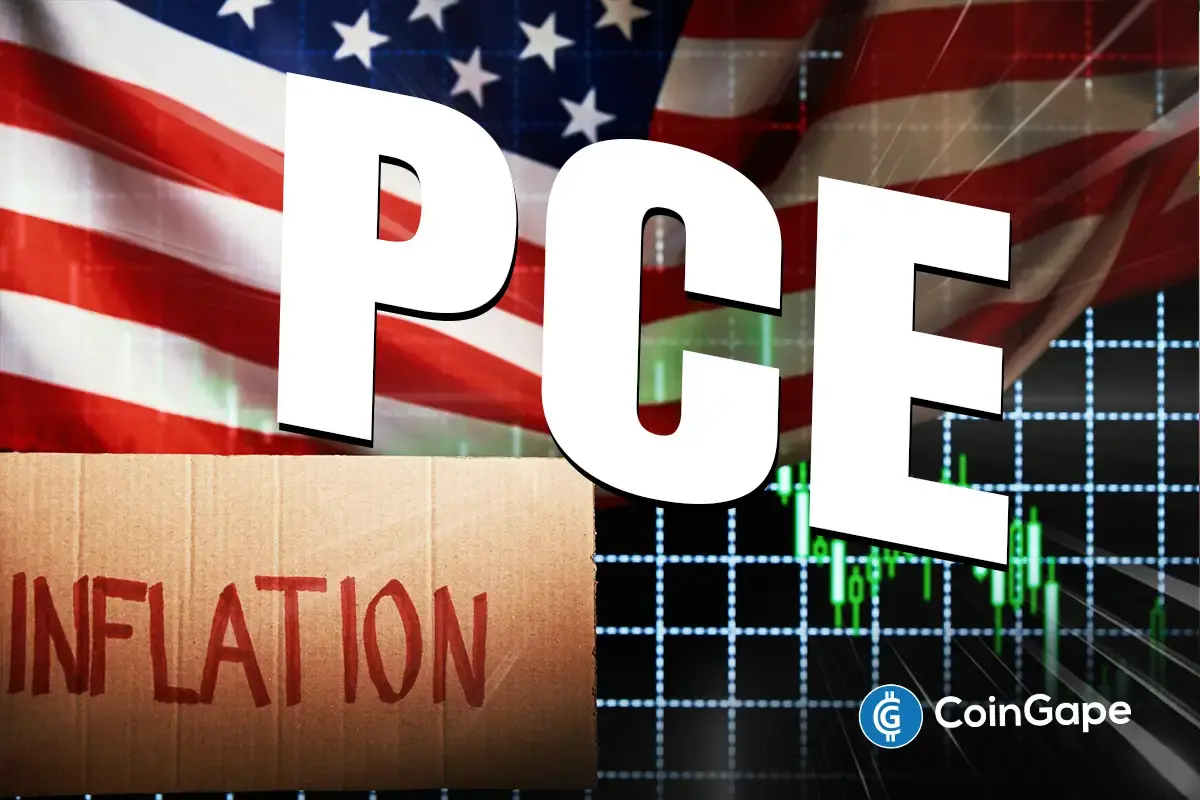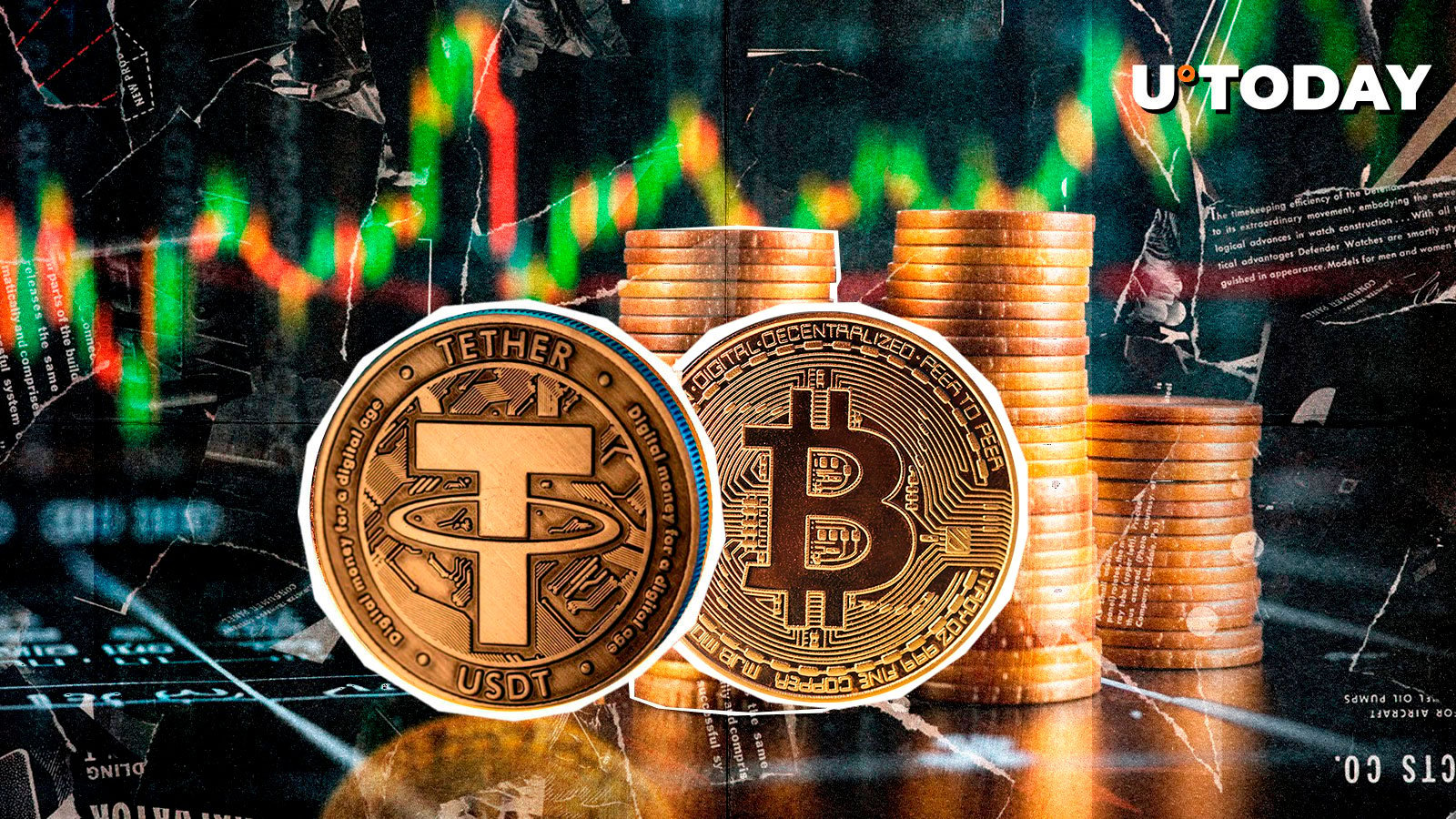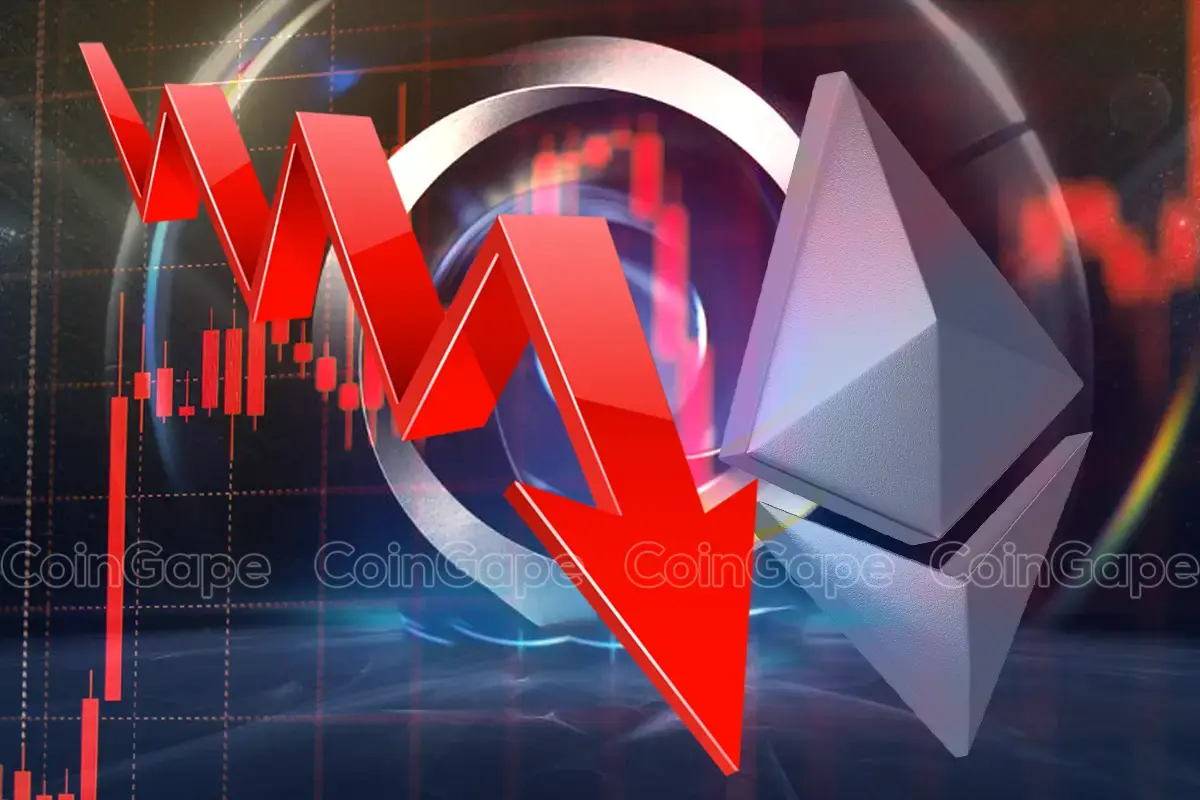February’s PCE Inflation Numbers: A Steady Trend in Headline Inflation, Core Inflation Ticks Up
The latest US Personal Consumption Expenditures (PCE) inflation numbers for February have been released, revealing a steady trend in headline inflation but a slight uptick in core inflation. The PCE price index, which measures the price change of goods and services purchased by consumers, increased 0.2% in February, matching the same rate of increase seen in January. This reading is in line with the Federal Reserve’s (Fed) 2% inflation target.
The core PCE price index, which excludes food and energy prices, rose 0.3% in February, marking the largest monthly increase since June 2021. This uptick in core inflation is a cause for concern, as it suggests that inflationary pressures are building up in the economy, despite the Fed’s efforts to keep inflation in check.
Impact on Consumers: Higher Prices for Goods and Services
The steady trend in headline inflation and the uptick in core inflation mean that consumers are facing higher prices for goods and services. This could lead to a decrease in purchasing power, as the value of consumers’ money buys fewer goods and services than before. This could also lead to a decrease in consumer confidence, as consumers may feel less optimistic about their financial situation and their ability to afford the things they need and want.
Impact on Investors: Crypto Market Continues to Struggle
The release of the PCE inflation numbers has had a negative impact on the crypto market. Bitcoin (BTC), the largest cryptocurrency by market capitalization, has extended its losses further from earlier today, slipping under $85,000. Ethereum (ETH), the second-largest cryptocurrency, has also tanked 7%, slipping under $1,900. The crypto market has been under pressure due to concerns about rising inflation and the potential for the Fed to tighten monetary policy.
Impact on the Economy: Fed to Consider Tightening Monetary Policy
The steady trend in headline inflation and the uptick in core inflation could lead the Fed to consider tightening monetary policy. The Fed has been keeping interest rates near zero and purchasing large amounts of government bonds to keep borrowing costs low and support the economy. However, rising inflation could lead the Fed to start raising interest rates, which would make borrowing more expensive and potentially slow down economic growth.
Impact on Businesses: Higher Costs and Potential Revenue Loss
The steady trend in headline inflation and the uptick in core inflation could lead to higher costs for businesses. Businesses may face higher costs for raw materials, labor, and transportation, which could lead to higher prices for their goods and services. This could lead to potential revenue loss, as consumers may be less willing to pay higher prices for goods and services.
Conclusion: Uncertainty Ahead
The steady trend in headline inflation and the uptick in core inflation are a cause for concern, as they suggest that inflationary pressures are building up in the economy. This could lead to higher prices for goods and services, which could impact consumers, investors, businesses, and the economy as a whole. The crypto market has been particularly hard hit, as investors continue to worry about the potential for the Fed to tighten monetary policy and the impact of rising inflation on the economy.
The future is uncertain, as the Fed has yet to announce its decision on monetary policy. However, it is clear that rising inflation is a concern, and businesses and consumers alike will be watching closely for any signs of further inflationary pressures.
- The PCE inflation numbers for February reveal a steady trend in headline inflation but an uptick in core inflation.
- Consumers are facing higher prices for goods and services, which could lead to a decrease in purchasing power and consumer confidence.
- The crypto market has been under pressure due to concerns about rising inflation and the potential for the Fed to tighten monetary policy.
- The steady trend in headline inflation and the uptick in core inflation could lead the Fed to consider tightening monetary policy, which would make borrowing more expensive and potentially slow down economic growth.
- Businesses may face higher costs for raw materials, labor, and transportation, which could lead to higher prices for their goods and services and potential revenue loss.
- The future is uncertain, as the Fed has yet to announce its decision on monetary policy, but rising inflation is a concern for businesses and consumers alike.





